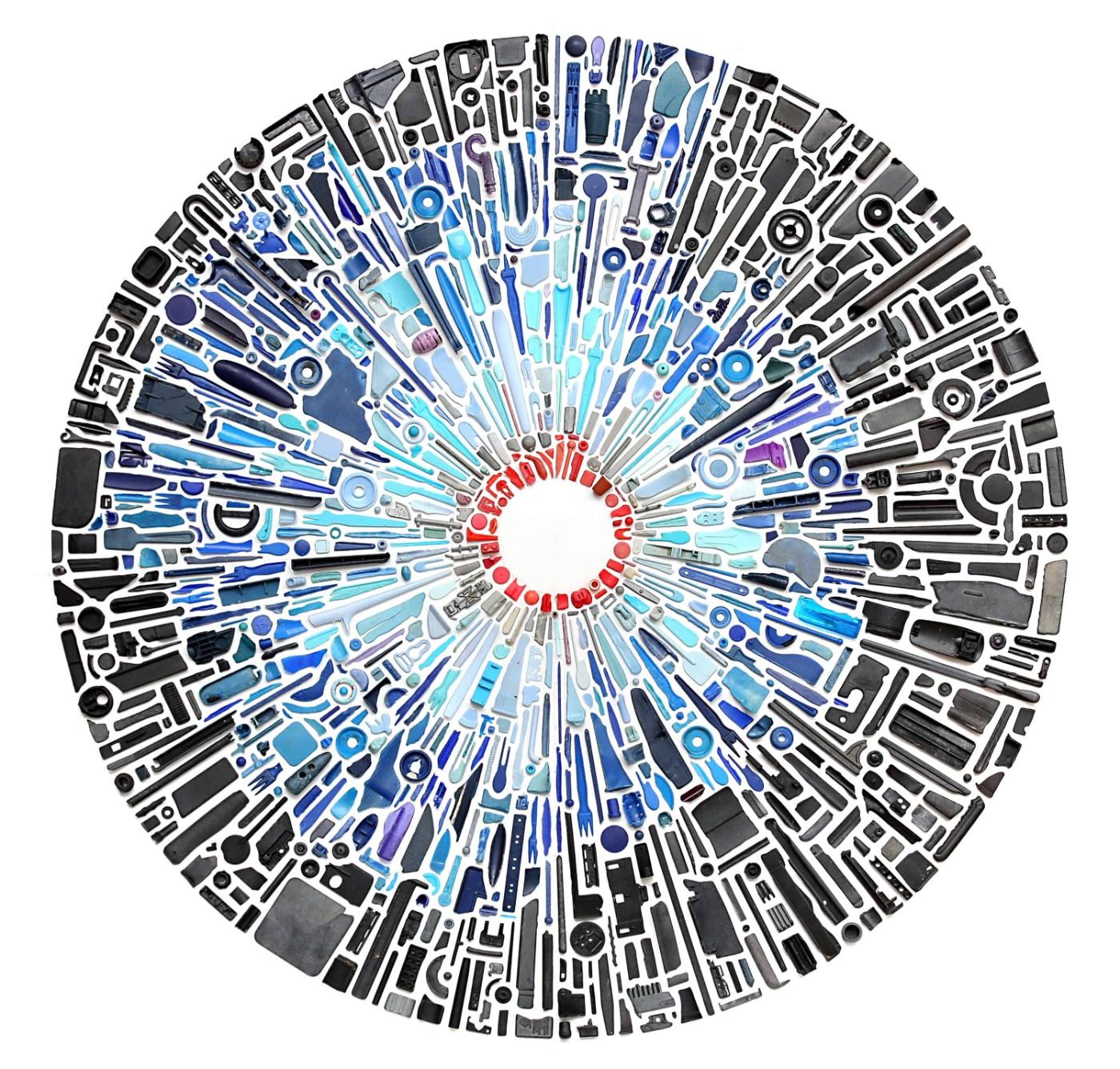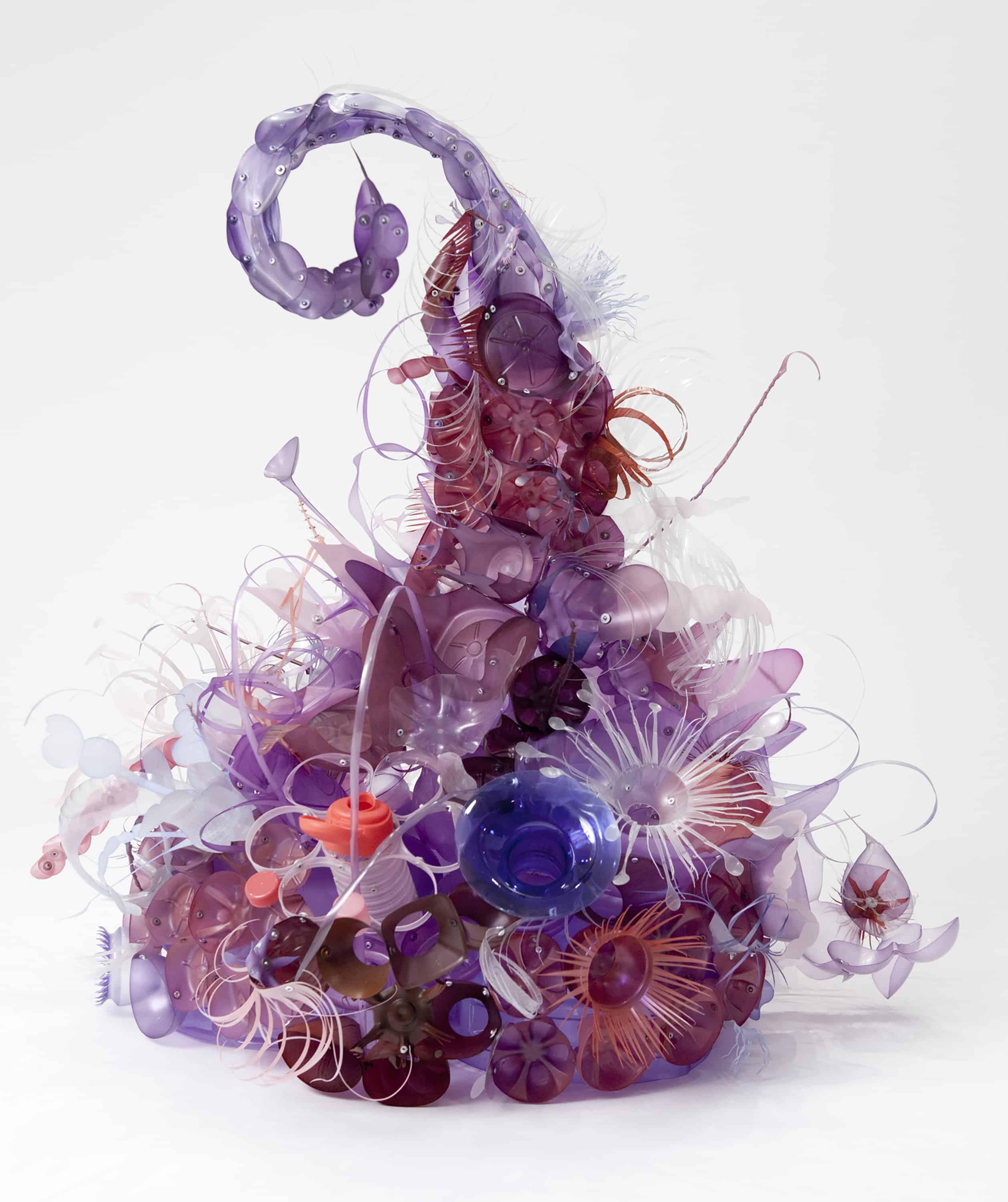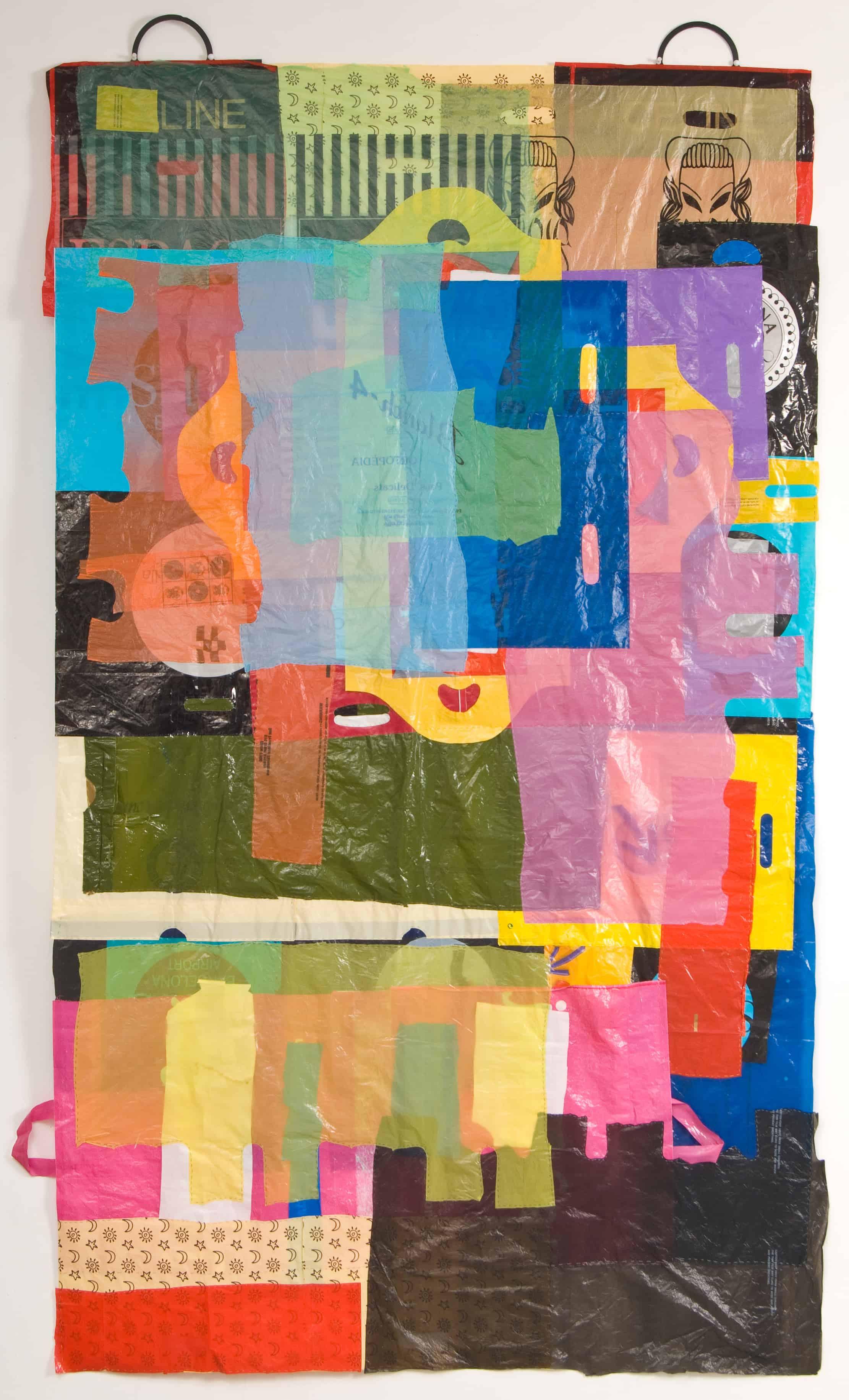“With the constantly changing landscape of our environment, deeper awareness of the materials we as humans are creating, and leaving, on the planet is increasingly important,” said Amy Gilman, director at the Chazen Museum of Art. “Plastic Entanglements reminds viewers that a material we often use fleetingly has a lifetime much longer than our own, and that it also has nearly endless possibilities for creativity and innovation. The Chazen is proud to present exhibitions such as Plastic Entanglements that encourage discourse around timely issues and provide unique learning opportunities for our campus and community visitors.”
Plastic Entanglements unfolds in three sections, past, present and future, charting a timeline of our relationship with plastic. “The Archive” examines the ways in which plastic objects make up an inadvertent record of daily life from the mid-20th century onwards. “The Entangled Present” reveals the ways in which plastic binds people, plants and animals together across diverse geographical locations and through global systems. The works of art in this section focus attention on the complex effects of the reach of plastic on ecological networks as well as on current artistic practice. The exhibition concludes with a section dedicated to “Speculative Futures,” asking what unknown worlds are emerging from the omnipresence of plastic, including new geologic and biologic forms.
Organized by the Palmer Museum of Art, this exhibition includes work by 30 emerging and mid-career contemporary artists from around the globe, including Mark Dion, Marina Zurkow, Zanele Muholi, Vik Muniz, Jessica Stockholder, Chris Jordan, Brian Jungen, Aurora Robson, Willie Cole, Pinar Yoldas, Tejal Shah and Moreshin Allahyari.
Plastic Entanglements: Ecology, Aesthetics, Materials was curated by Joyce Robinson, curator at the Palmer Museum of Art; Jennifer Wagner-Lawlor, professor of women’s, gender, and sexuality studies and English at Penn State; and Heather Davis, independent scholar.































